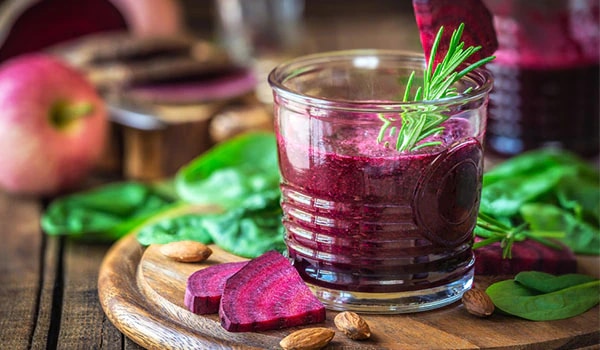
Did you know…
Better known to all of us as mehendi, one of India’s most popular herbs is actually a paste made by grinding fresh or dry leaves of the henna plant. You’ll be surprised to know but while it might be extremely popular here, it isn’t native to India alone. Turns out it was also used in Egypt, Syria, Spain and even Rome as late as 50 centuries ago.

For Hair
Henna is recommend by most hair experts to treat your hair and even cover greys if you don’t want to opt for artificial dyes. Henna works as a conditioner to soften your hair, add a natural shine and make it more manageable. It’s also an excellent way to restore the acid-alkaline balance of the scalp, especially if you’ve been treating your hair to frequent colouring/hair treatments.

For Skin
Henna is known to be an excellent sun block. At many music festivals abroad, henna artists create designs on the backs and arms of festival-goers. A few weeks later, while the sun tan still lingers, the henna designs wears off leaving a trace of the original skin colour.

For Nails
If you’re dealing with weak or brittle nails, the commonplace remedy is to apply henna paste all over your nails and nail bed consistently for a few weeks. The other not-so-common remedy is to soak henna leaves in water overnight, then strain and drink the water in the morning. But, just like all DIY remedies, to see great results you should keep at the treatment for two weeks.

Other uses…
Among its many other uses, henna can be an excellent headache reliever during the summer months due to its natural cooling properties. Crushed henna flowers mixed with vinegar can be made into a paste and applied on the temples for quick relief.
















 Privacy Notice
Privacy Notice
Written by Girija Naiksatam on 28th Aug 2014